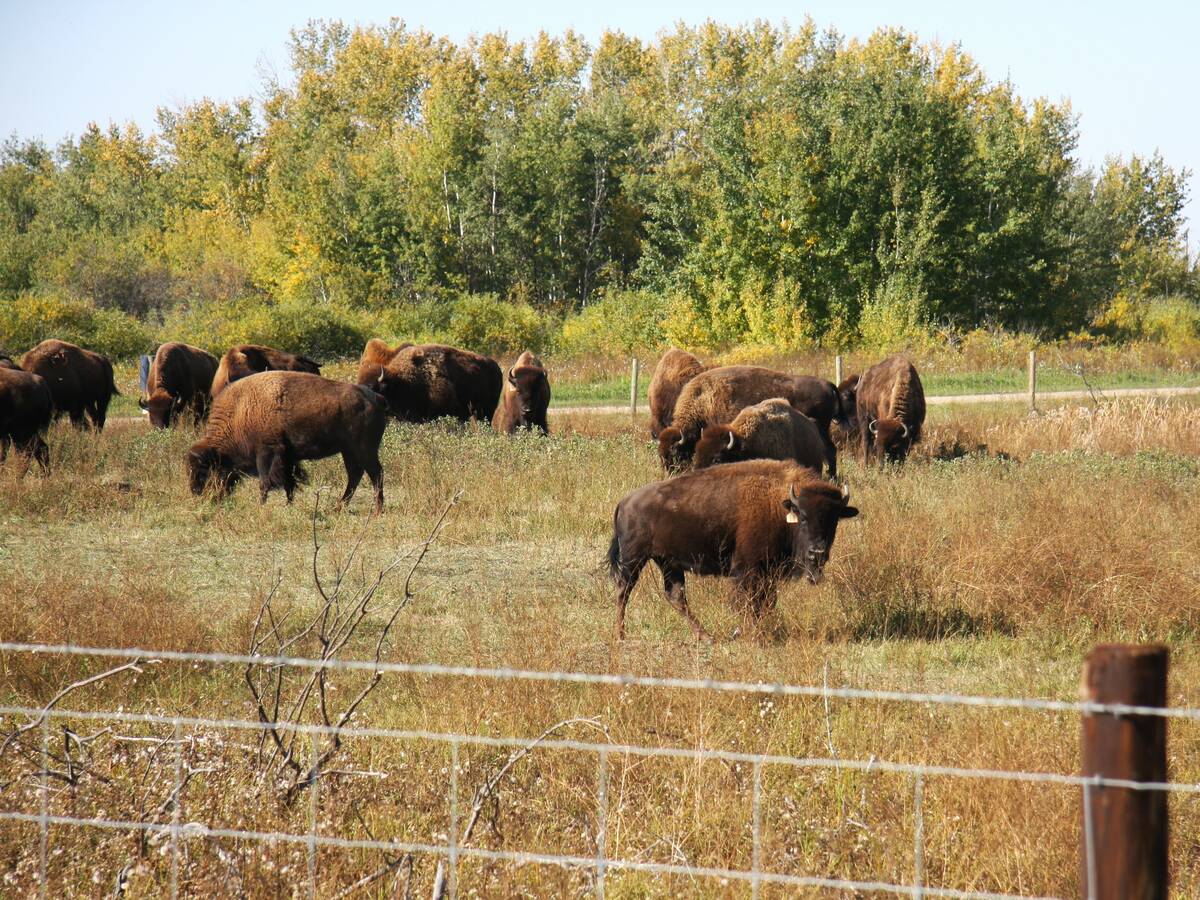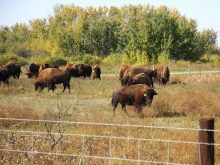ST. JEAN BAPTISTE, Man. — Temperatures well-above freezing brought out a record number of farmers for St. Jean Farm Days, but are also causing a record amount of worry about the fate of the local winter wheat crop.
The warm weather has melted the protective snow cover across most of the Red River Valley and eastern Manitoba, and as farmers sat in sessions inside the Knights of Columbus hall on St. Jean’s main street, many worried that the large acreages of winter wheat sown this fall would suffer big losses if the weather turns cold.
Read Also

National Day for Truth and Reconciliation: Acknowledging the past, seeking a better future
How can the treaty rights of Indigenous peoples be honoured in a way that gives them a proper seat at the table when it comes to farming in Canada?
“Yup, I’m definitely worried,” said one farmer about his acres of winter wheat, which now have virtually no snow cover and are sitting atop the escarpment that marks an end to the valley.
But crop experts told farmers the warm weather has likely done no damage by itself, so the situation might not turn out badly. If a layer of snow comes before any cold weather, or if the weather stays warm, the winter wheat could turn out well all across Manitoba.
“We’re still OK,” said Ingrid Kristjanson, a local Manitoba Agriculture farm production adviser.
“Never write off a winter wheat crop until you see it growing.”
And Manitoba Agriculture cereal crops production expert Pam de Rocquigny said the crop presently is in good shape.
“It did what it had to do. The plants have acclimated to the point that they can take the cold temperatures, but we still want that snow cover,” said de Rocquigny.
“All it takes is one big snowstorm, which we tend to get on the Prairies.”
Winter wheat is usually most vulnerable to winterkill from mid-February to the end of March as the snow cover gradually diminishes and the crop slowly eases out of dormancy, using up some of its reserves. A cold snap in mid-late March always has the most potential to kill a winter wheat crop.
While warm for people now, the present temperatures have not been enough to kick winter wheat out of dormancy, so that is not a current danger.
But the almost complete lack of snowfall in many areas is a worry, because it is unlikely that the rest of the winter will not contain at least one cold snap. Getting a thick snow cover before that occurs is important.
Many farmers in the parts of Manitoba that were saturated last spring and unable to be farmed seeded larger than normal acreages of winter wheat, so the winterkill concern is more widespread this year than average just because of the increased acreage.
















